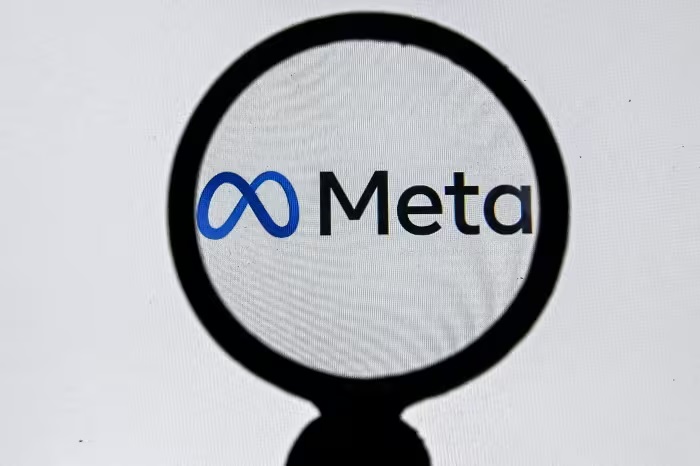Analyzing Meta Platforms and TLT Stock: A Comprehensive Review
In recent financial news, Meta Platforms Inc. (NASDAQ: META) has become a focal point of discussion among investors and analysts. The company’s stock experienced a significant surge after reporting a robust fourth quarter, accompanied by the announcement of a dividend. This has sparked debates on whether Meta can now be classified as a value stock, a term typically associated with mature companies that exhibit steady performance and are likely to pay dividends.

Forward Price-to-Earnings Ratio Analysis:
To gauge Meta’s standing in the market, one crucial metric to consider is the forward price-to-earnings (P/E) ratio. Following the stock’s 20% rise, Meta’s forward P/E stands at 24, positioning it as the second-cheapest among the largest 10 stocks in the S&P 500. This group, often referred to as the “Magnificent Seven,” includes prominent companies like Microsoft, Apple, Amazon, Alphabet, Nvidia, and Tesla.
Comparisons to Averages:
Examining Meta’s forward P/E in relation to its five-year and ten-year averages provides valuable insights. While the current ratio is above its five-year average, it remains below the ten-year average. This suggests that, despite the recent surge, Meta’s valuation remains relatively attractive when considering a more extended timeframe.
Expected Compound Annual Growth Rates (CAGR):
Looking ahead, it’s crucial to analyze expected compound annual growth rates (CAGR) for sales, earnings per share (EPS), and free cash flow per share. Meta stands out with a lower P/E compared to Apple but boasts a significantly higher expected two-year CAGR for sales and earnings. This positions Meta as a growth stock, emphasizing its potential for rapid growth through 2025.
Free Cash Flow Considerations:
Examining a company’s free cash flow (FCF) is vital to understanding its financial health. Meta’s relatively low expected FCF CAGR is attributed to the company’s strategic plans, including increased hiring and spending on various initiatives like hardware for artificial intelligence, data centers, and product development. Investors should weigh this against Meta’s growth potential and long-term strategy.
Return on Invested Capital (ROIC):
Another metric to evaluate Meta’s performance is its return on invested capital (ROIC). While Meta ranks sixth out of the ten companies in the study by average five-year ROIC, it holds a solid fourth position for the ten-year period. This showcases Meta’s historical efficiency in utilizing invested capital, contributing to its positive long-term record.
Bond Market Dynamics and TLT Stock:
Shifting our focus to the broader economic landscape, the recent bond market selloff has raised concerns. The surge in Treasury yields, notably the 10-year yield reaching 4.16%, indicates a reevaluation of market expectations regarding the Federal Reserve’s timeline for rate adjustments. Investors have reacted to stronger-than-expected economic data and the Federal Reserve’s cautious stance on rate cuts.
Implications for Investor Strategy:
In light of these developments, investors should consider the potential impact on their portfolios. The analysis of Meta Platforms as both a growth and potentially undervalued stock, combined with insights into the bond market dynamics, offers a holistic perspective. As always, prudent investment decisions should be based on a thorough understanding of a company’s fundamentals, market dynamics, and the broader economic landscape.
Meta Platforms’ recent stock performance, financial metrics, and broader market dynamics all contribute to a nuanced understanding of its current standing. While it retains characteristics of a growth stock, its valuation and strategic initiatives position it as a potentially undervalued asset. Investors should carefully weigh these factors alongside the evolving dynamics in the bond market, particularly considering the recent surge in Treasury yields and its potential implications for various sectors.

